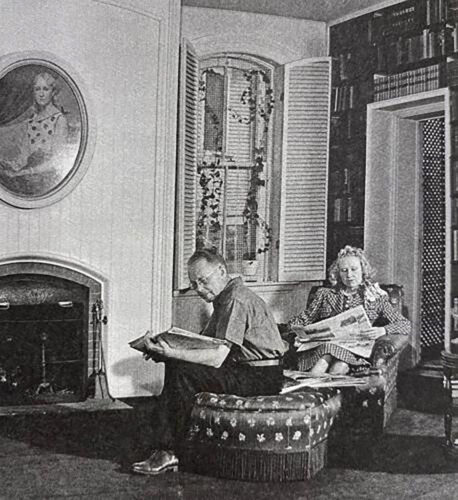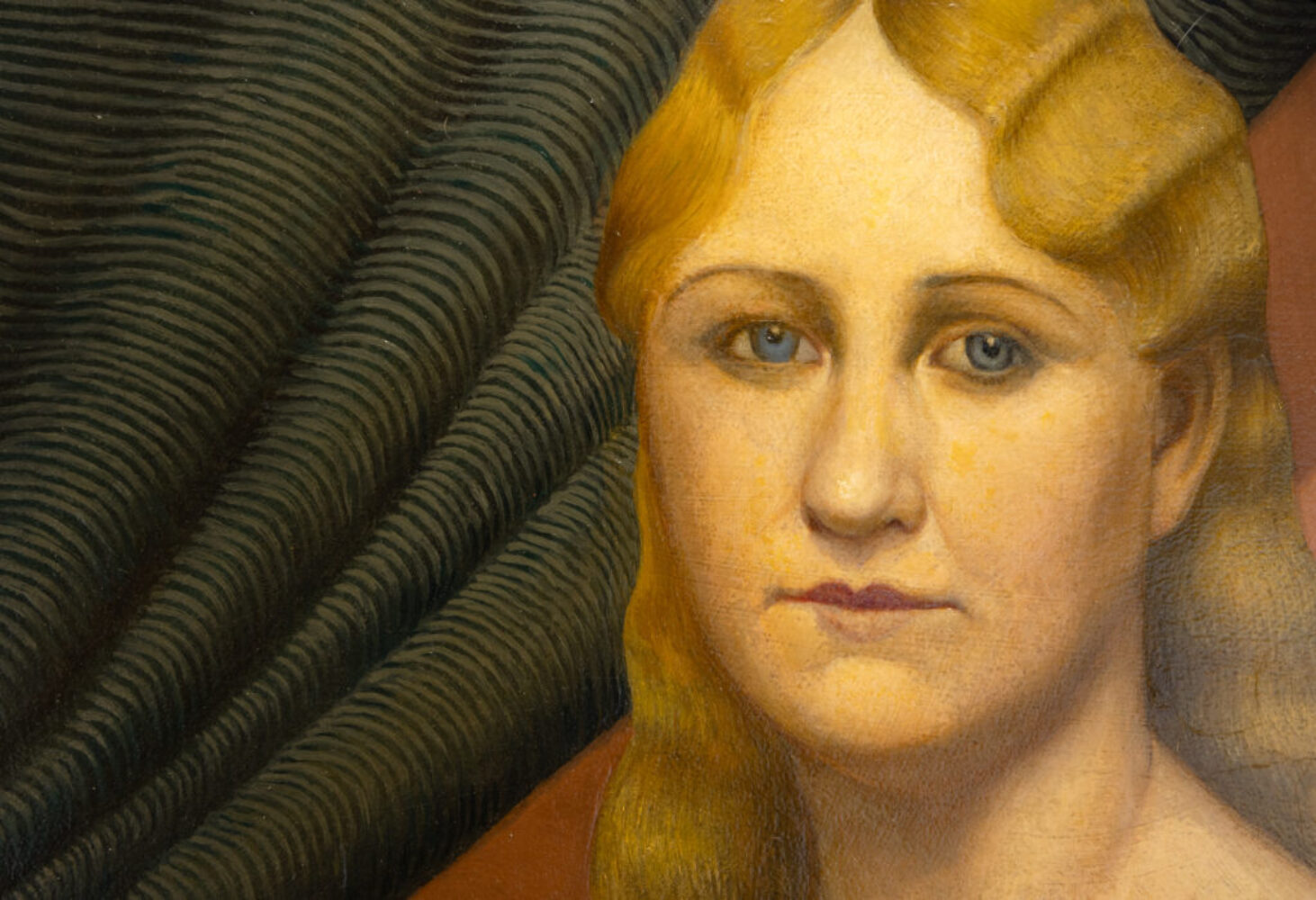GRANT WOOD (1891-1942)
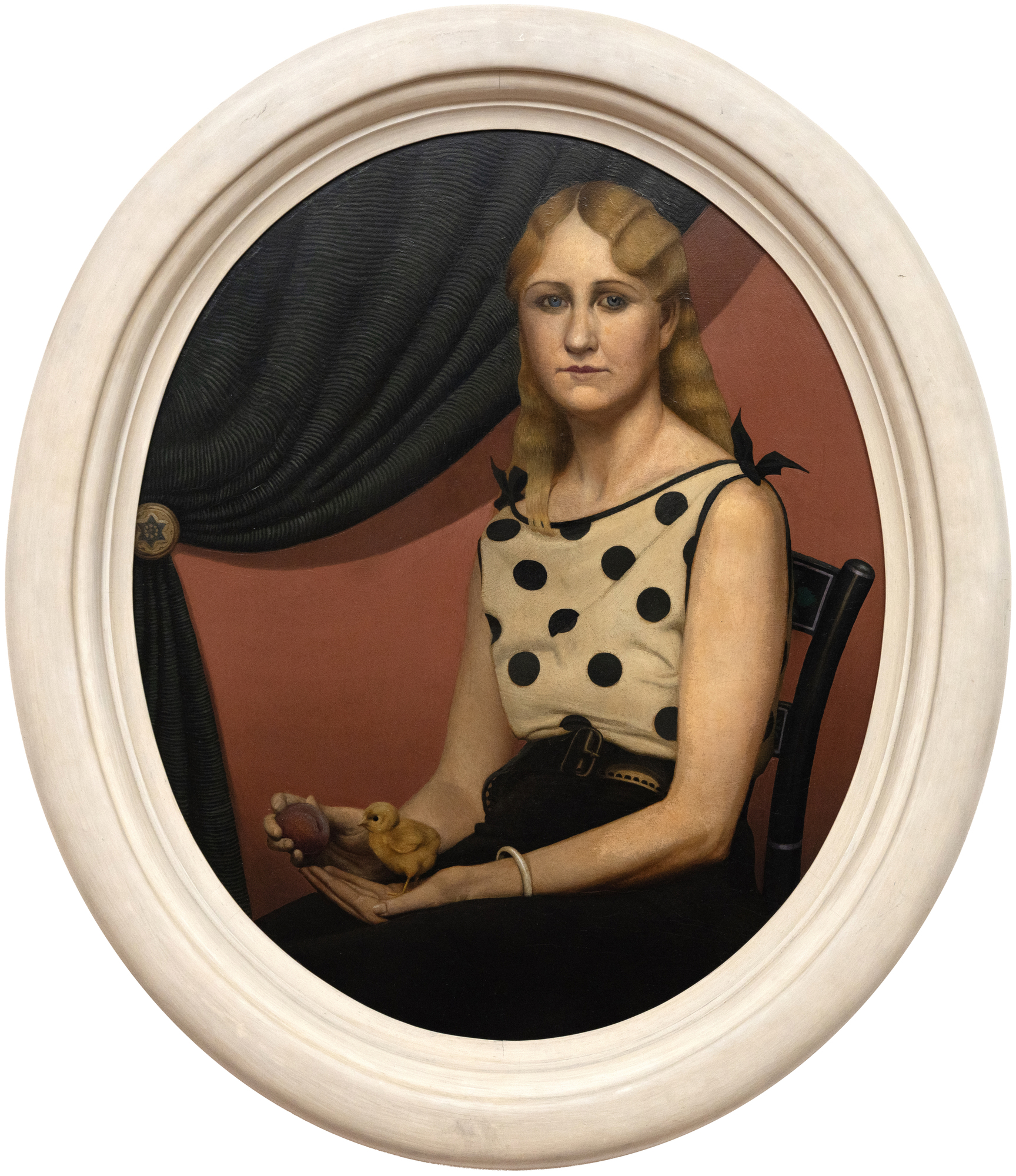
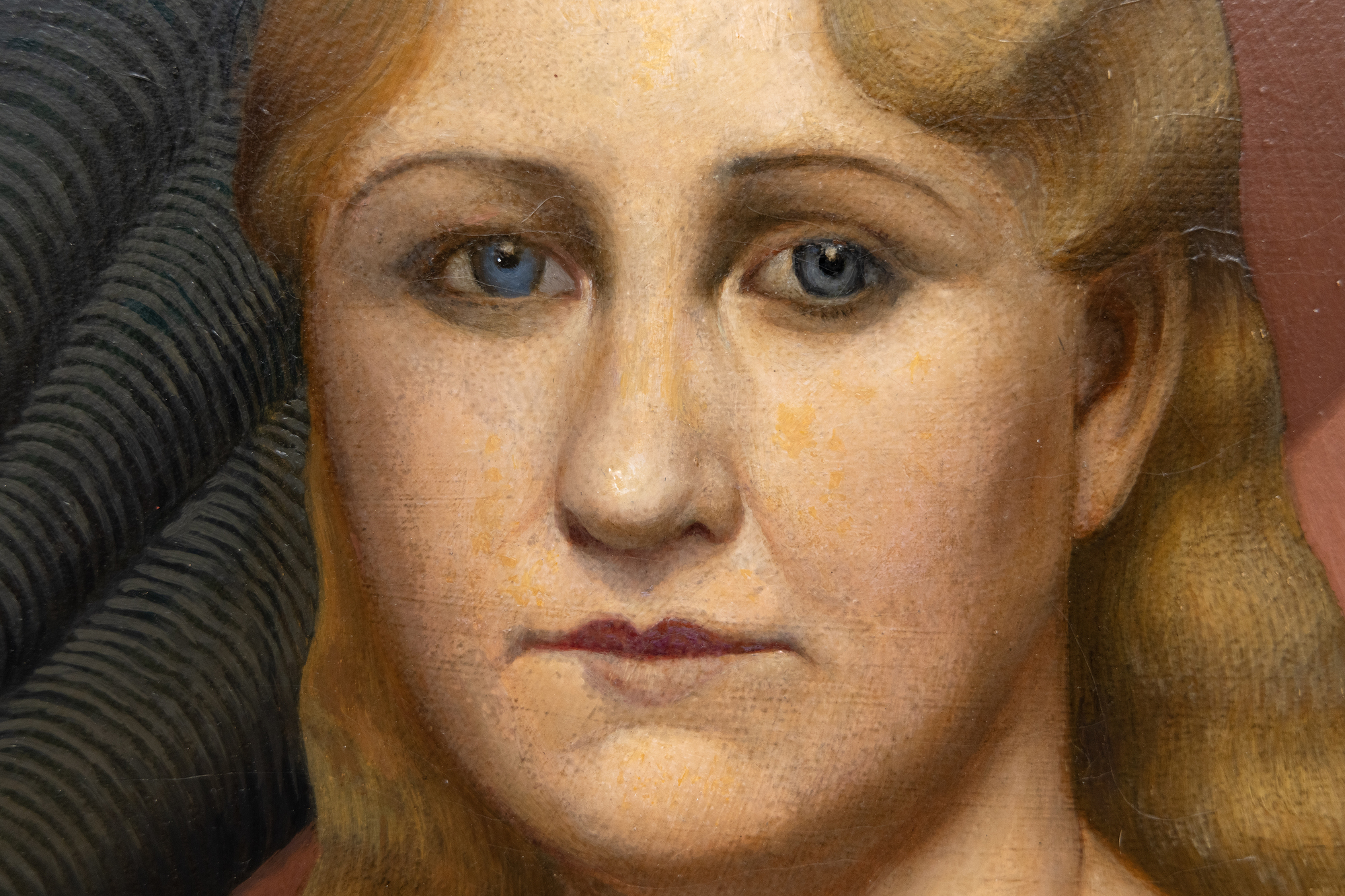
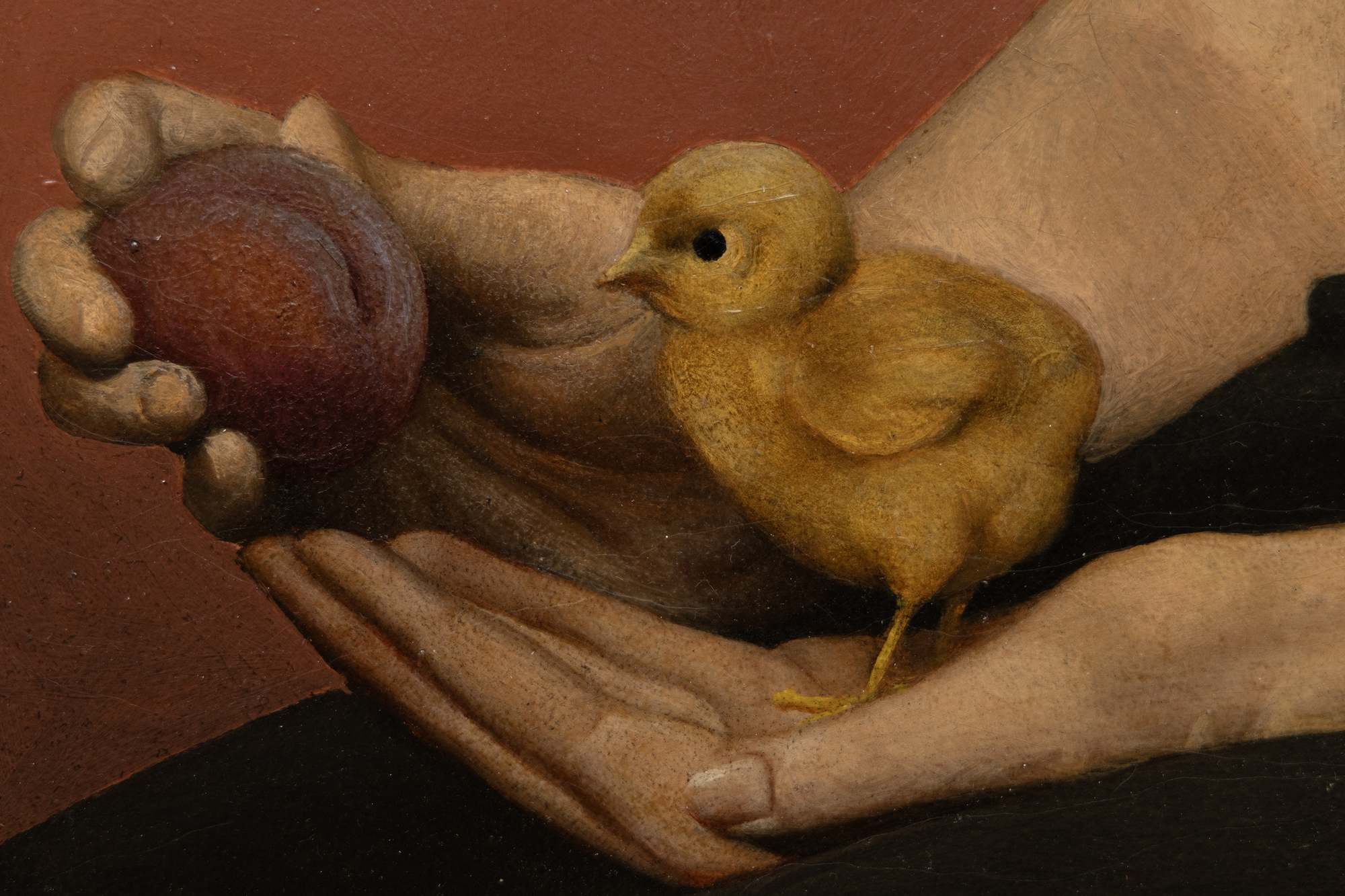
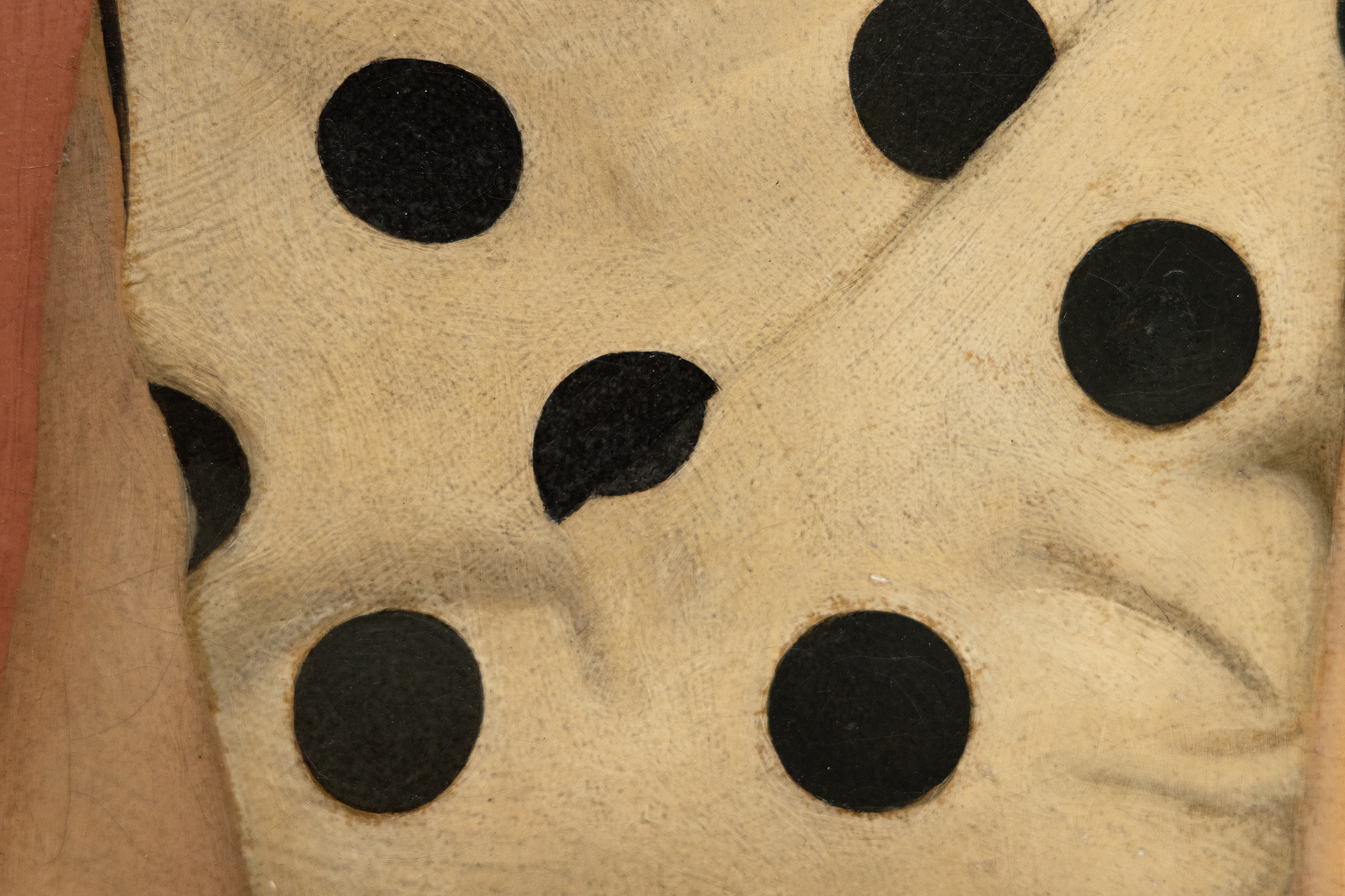
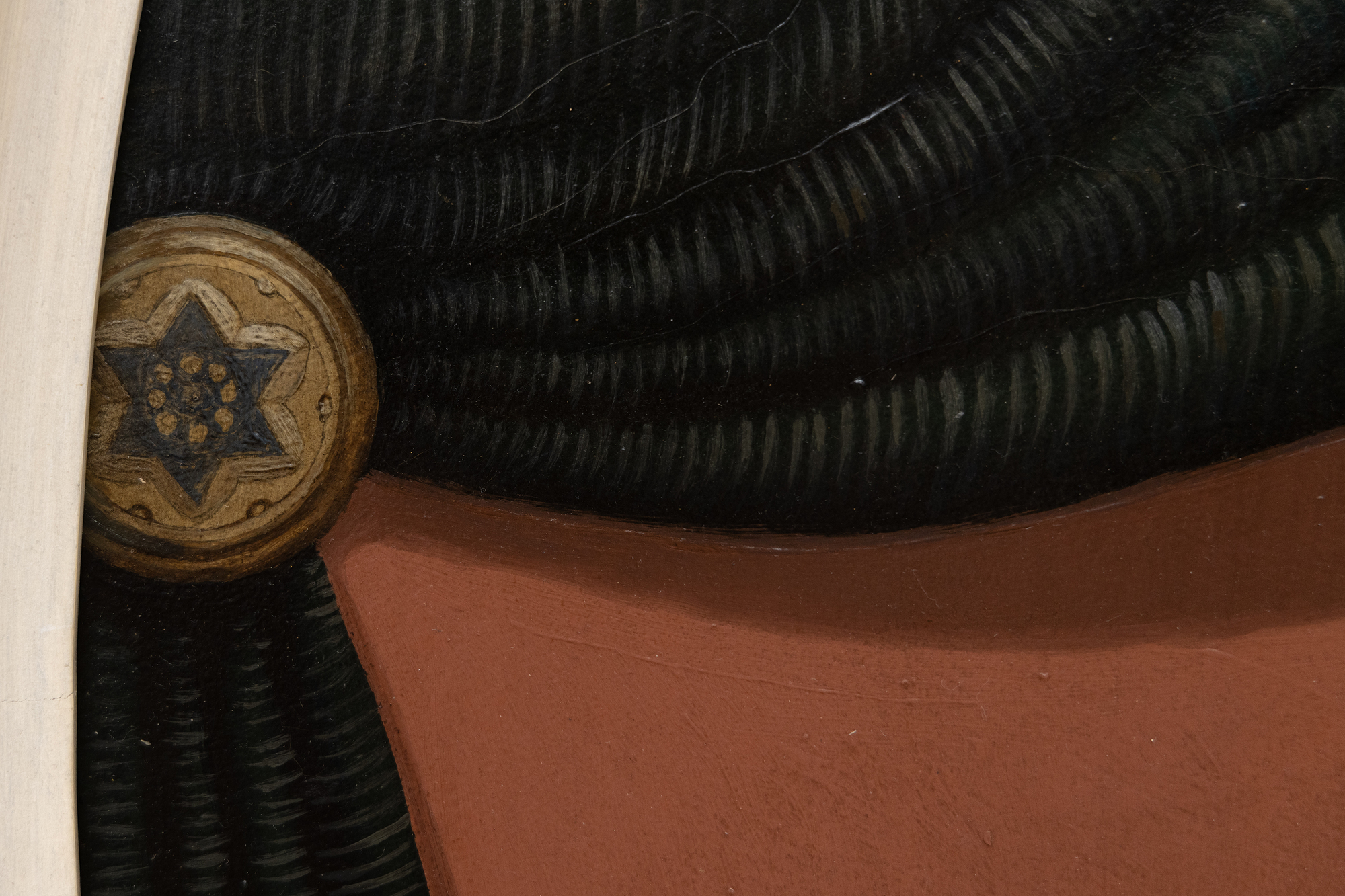
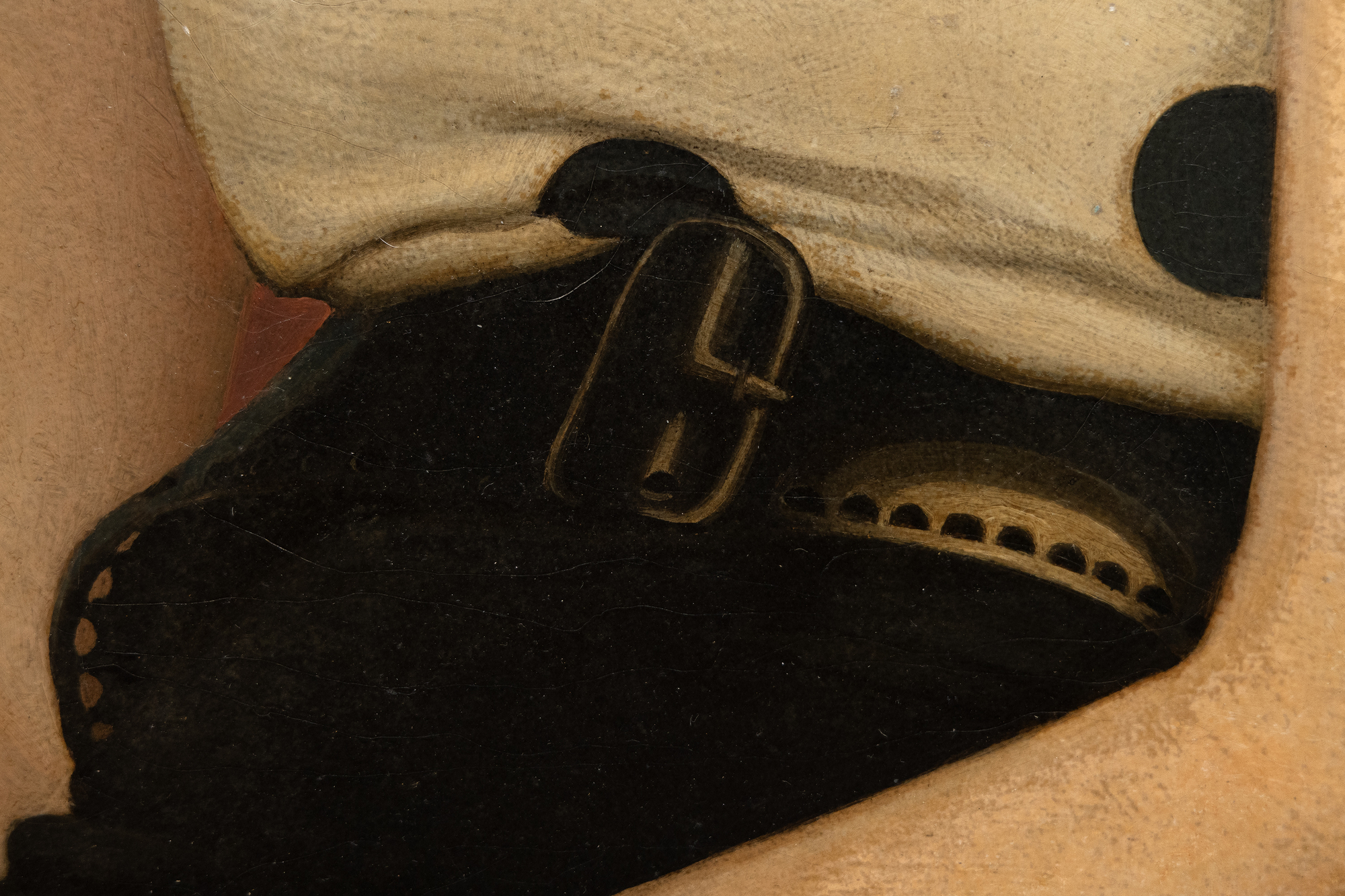
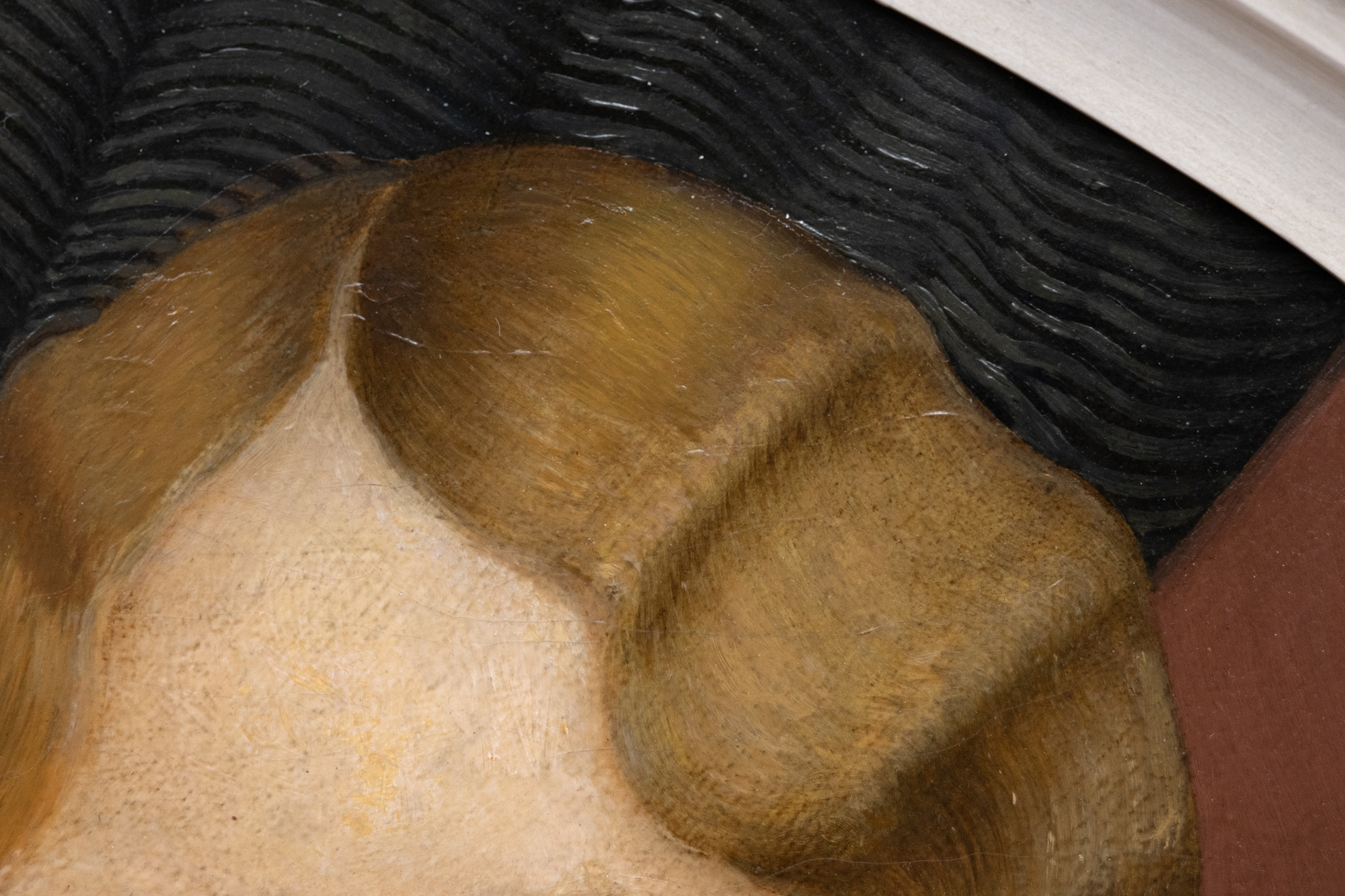
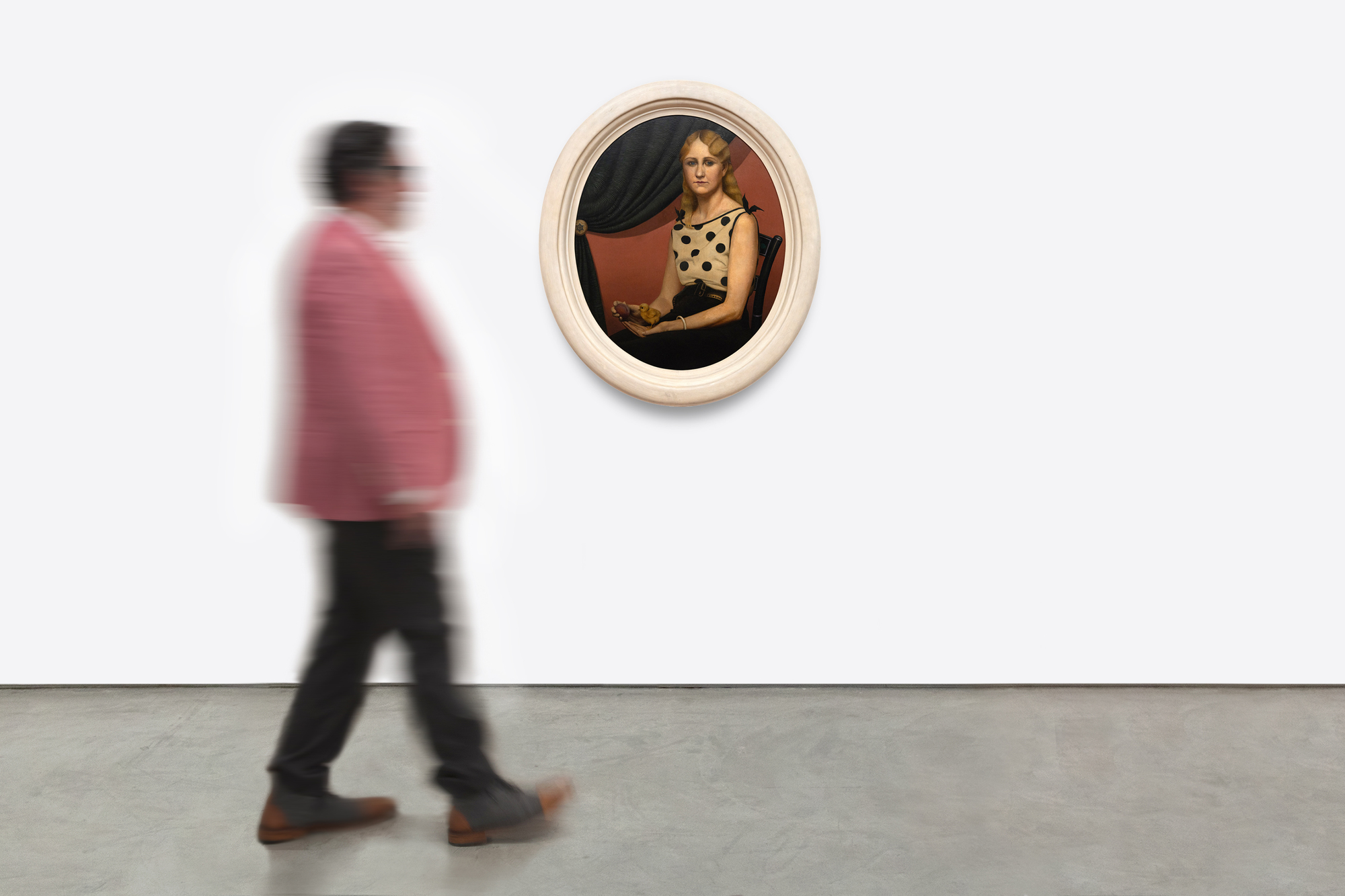
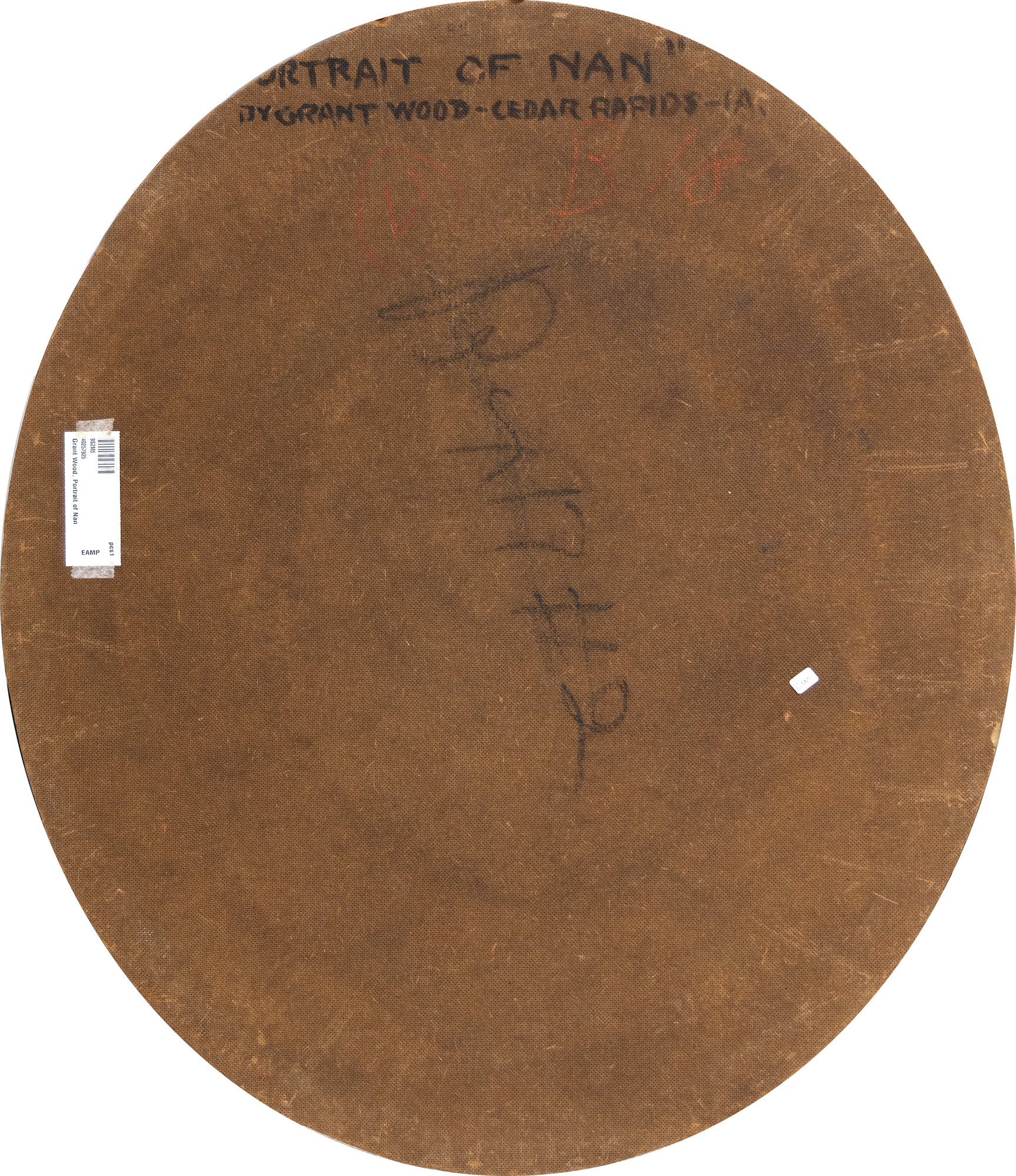
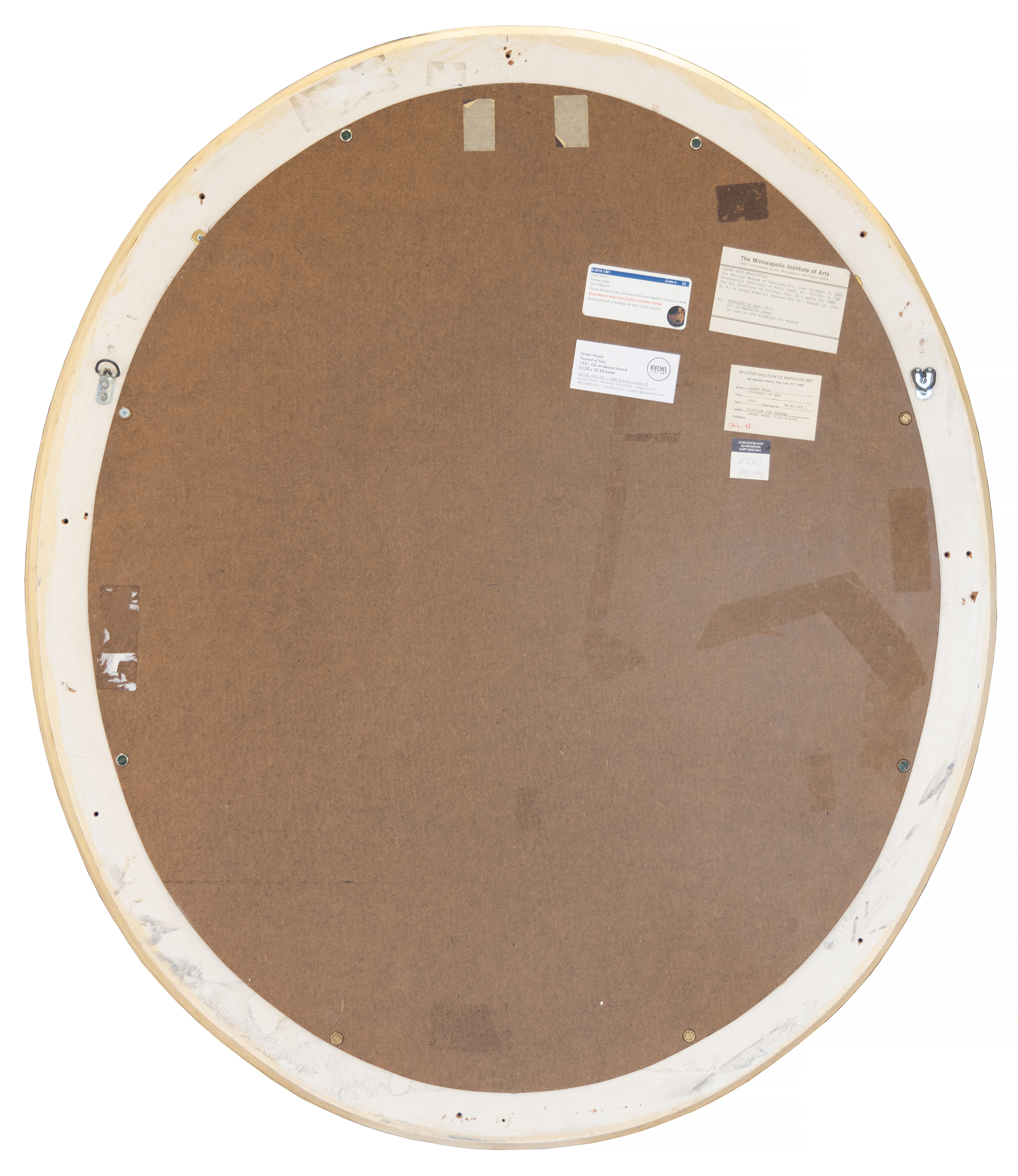
Provenance
Nan Wood Graham, 1942 (Grant Wood’s sister, by descent)The Encyclopedia Britannica Collection, Chicago, Illinois, 1945, acquired from the above
Duveen Galleries, New York, December 11, 1952
Senator William Benton, New York and Southport, Connecticut, acquired from the above
Helen Boley, Madison, Wisconsin, 1973 (Senator William Benton’s daughter, by descent)
Acquired from the above by the present owner, 2020
Exhibition
Omaha, Nebraska, The Joslyn Memorial, Opening Exhibit, November - December 1931Chicago, Illinois,...More... Increase Robinson Gallery, Exhibition of Paintings by Grant Wood, June 1933
New York, Ferargil Galleries, June 1934
Chicago, Illinois, The Lakeside Press Galleries, Catalogue of a Loan Exhibition of Drawings and Paintings by Grant Wood, February - March 1935
New York, Ferargil Galleries, An Exhibition of Paintings and Drawings by Grant Wood, March - April 1935
Iowa City, Fine Arts Festival, Iowa Union Lounge, University of Iowa, Exhibition of Paintings by Grant Wood and Marvin D. Cone, July 1939
Chicago, Illinois, Art Institute of Chicago, Memorial Exhibition of Paintings and Drawings by Grant Wood, Fifty-third Annual Exhibition of American Paintings and Sculpture, October-December 1942
Chicago, Illinois, Art Institute of Chicago, Encyclopedia Britannica Collection of Contemporary American Paintings, April 12- May 13, 1945
World Exposition: Hartford, Connecticut, Osaka, Japan, Wadsworth Atheneum, The Benton Collection: 20th Century American Painting, March - January 1971
Madison Wisconsin, Chazen Museum of Art, University of Wisconsin-Madison, 1981-2018 (long-term loan)
Whitney Museum of Art, New York, Minneapolis, Minnesota, Minneapolis Institute of Art, Chicago, Illinois, Art Institute of Chicago, San Francisco, California, M.H. de Young Memorial Museum, Grant Wood: The Regionalist Vision, 1983 - 1984
Davenport, Iowa, Grant Wood Centennial Celebration & Nan Wood Memorial, February-March 1991
Joslyn Art Museum, Omaha, Nebraska, Davenport, Iowa, Davenport Museum of Art, Worcester Massachusetts, Worcester Art Museum, Grant Wood: An American Master Revealed, December 1995 - December 1996
Columbus Museum of Art, Columbus, Ohio, Museum of Modern Art/Ludwig Foundation Vienna, Vienna, Austria, Ludwig Museum of Contemporary Art, Budapest, Hungary, Madison Art Center, Madison Wisconsin, Sioux Falls, South Dakota, Washington Pavilion of Arts & Sciences, Illusions of Eden: Visions of the American Heartland, February 2000 - August 2001
Cedar Rapids, Iowa, Cedar Rapids Museum of Art, Grant Wood at 5 Turner Alley, September - January 2006
Washington, D.C., Renwick Gallery, Smithsonian American Art Museum, Grant Wood’s Studio: Birthplace of American Gothic, March - July 2006
Whitney Museum of American Art, New York, Grant Wood: American Gothic and Other Fables, March - June 2018
West Palm Beach, Florida, Ann Norton Sculpture Gardens, Discovering Creativity: American Art Masters, January 10 - March 17, 2024
Literature
Corn, W. M. (1985), Grant Wood: The Regionalist Vision, Yale University Press. p. 102Graham, N. W., Zug, J., & McDonald, J. (1993), My Brother, Grant Wood, State Historical Society of Iowa, p. 46, 106, 111-112, back cover
Dennis, J.M. (1998), Renegade Regionalists: The Modern Independence of Grant Wood, Thomas Hart Benton, and John Steuart Curry, University of Wisconsin Press, p. 106, 108
Milosch, J.C. (2005), Grant Wood’s Studio: Birthplace of American Gothic, Cedar Rapids Museum of Art, pl. 19
Maroney, J. (2010), Fresh Perspectives on Grant Wood, Charles Sheeler, and George H. Durrie, Gala Books, p. 32, 76-77
Evans, T. (2010), Grant Wood: A Life, Penguin Random House, p. 120-27, 302
Taylor, S. (2020), Grant Wood’s Secrets, University of Delaware Press, p. 22
...LESS...
KEY DETAILS
- This painting depicts Wood’s sister, Nan Wood Graham, who also appears in the artist’s most famous painting, American Gothic (1930).
- This is one of the most significant paintings within Wood’s oeuvre and, according to Grant Wood scholar Dr. Henry Adams, this is “one of the last major works by Grant Wood in private hands.”
- Wood kept Nan’s portrait in his personal collection and placed it prominently in the living room of his Iowa City home.
- Grant Wood’s paintings – his portraits especially – are incredibly rare. Only two finished portraits in oil have ever appeared at auction and no truly comparable portrait has ever sold publicly.
- A landscape in oil from only a year later, Spring Plowing (1932), sold for $6,960,000 USD in 2005. It is only half the size of Portrait of Nan.
- This portrait has extensive exhibition history, including a 2018 show at the Whitney Museum of American Art in 2018: Grant Wood: American Gothic and Other Fables.
RARITY
- After he painted American Gothic in 1930, Wood painted only a handful of works each year, producing just over 30 mature paintings in his lifetime due to his early death in 1942 at only 50 years of age.
- Grant Wood’s paintings – his portraits especially – are incredibly rare. Only two finished portraits in oil have ever appeared at auction and no truly comparable portrait has ever sold publicly.
- According to Grant Wood scholar, Dr. Henry Adams, this is “one of the last major works by Grant Wood in private hands.”
- Of Grant Wood’s oeuvre, Dr. Adams has remarked that, “His work is nearly as rare as that of Vermeer.”
HISTORY
Grant Wood is considered by many scholars, curators and collectors to be the father of American Regionalism. The style features country scenes and subjects and returns to figurative art when European Modernism and the Parisian Avant-Garde were taking hold. The sitter in the present work is Wood’s sister, Nan, who served as a model for Wood, appearing in several works, including Wood’s most famous painting, American Gothic, in the Collection of the Art Institute of Chicago.
Few Grant Wood works of this complexity and importance have ever appeared outside of museum collections, let alone offered for sale. This portrait is one of the most significant paintings within Wood’s oeuvre. The esteemed Grant Wood scholar, Dr. Henry Adams, stated, Portrait of Nan is “one of the last major works by Grant Wood in private hands”.
Portrait of Nan was in the collection of the artist until his death and is also the only painting he kept- and the only painting in his home, having gone so far as to pick out the furnishings and rug to complement the painting as it hung in his Iowa City living room.
Dr. Henry Adams describes this painting as “a pendant to his most famous painting, American Gothic of 1930″. Adams further speculates that Portrait of Nan was meant to rectify Nan’s public image after American Gothic painted the year before, which had become famous and in so doing, had insinuated a (false) extramarital relationship between the two subjects (Nan and their family dentist).
Portrait of Nan is the artist’s last portrait from his early period, the endcap to the period in which he created Woman with Plants and American Gothic. After 1930, the artist only created a few paintings a year, making finished oil paintings of any subject a true rarity.
The styling of this portrait is a fusion between contemporary (at the time) and 19th-century American portraiture: “portrait’s heavy framing curtain, stark background, oval format [of portraits favored in the colonial and Victoria eras], and Federal-era chair evoke many of the formal elements found in nineteenth-century American folk painting”
Grant Wood’s paintings from this period were influenced by his recent trip to Europe and the Northern Renaissance art he saw there in 1930 when he moved from his youth’s academic/impressionist style and developed his mature style that celebrated Midwestern subjects. The present painting has been extensively exhibited, including a 2018 show at the Whitney Museum of American Art, New York: Grant Wood: American Gothic and Other Fables .
TOP RESULTS AT AUCTIONS
PAINTINGS IN MUSEUM COLLECTIONS
AUTHENTICATION
Nan Wood Graham penned The Story of My Portrait in July 1944. In this letter, she gives insight into Wood’s thoughtful reason for painting her portrait, how the chick and plum were chosen as visual devices, and, with humor, she relays the long nights of sitting with the chick in hand.
IMAGE GALLERY
INQUIRE
YOU MAY ALSO LIKE



